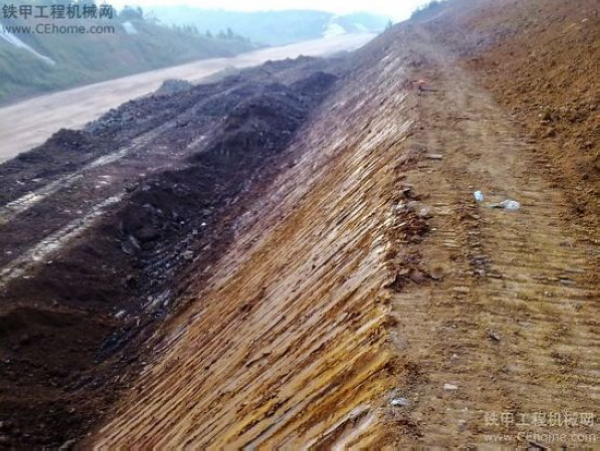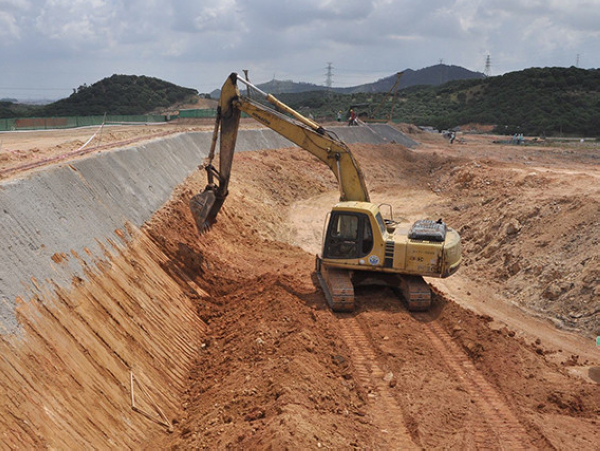> Overview: News
> Overview: Service
> Overview: About
In engineering construction, excavator
slope brushing technology directly determines the quality of slope and
engineering safety. Parallel slope brushing and frontal slope brushing, as two
mainstream processes, are applicable to different scenarios, and mastering
their operating principles can significantly improve the construction
efficiency.

Parallel Slope Brushing: The choice of efficiency for linear engineering
1. Benchmarking: Setting up double-line
reference at the top and foot of the slope, ensuring the alignment of the edge
of the slope through visual or laser positioning, and avoiding deformation
defects.
2. Trajectory control: Adopting the
combination of shovel teeth and side cutting, the single action forms a
continuous diagonal trajectory, which is easy to compare the flatness at the
articulation.
3. Action specification: keep the bucket
and the slope at an angle of 3-5°, and realise ‘light touch and slow push’
through hydraulic fine adjustment to reduce soil disturbance.
Parallel slope brushing is good at
efficient covering, but it requires higher spatial perception of the driver,
and is more suitable for the scenario of soft soil and larger error tolerance.

Frontal slope brushing: the benchmark of
precision for vertical work
When facing a shaped slope or hard soil and
rock, frontal slope brushing completes fine dressing in stages by standing the
excavator's upper body 90° vertically to the slope.

From the top of the slope downwards:
precise chipping of loose soils
- Platform construction: delineate the
datum line at the top of the slope, adjust the tracks parallel to the slope,
and construct a stable working surface.
- Layered scraping: using the back of the
bucket as a scraper, scraping the bumps in layers from top to bottom, and
realising surface finish control through the combination of ‘tapping -
scraping’.
- Displacement strategy: move the machine
body horizontally after each shovel width to ensure that the overall flatness
error is ≤3cm.
From the bottom of the slope upwards:
gradual attack on hard soil and stone
- Subgrade treatment: levelling the bottom
of the slope and providing stable pivot points, demarcating the working
boundary by placing lines.
- Adaptation of angle: adjust the cutting
angle of bucket according to the hardness of soil (45-60° is recommended for
hard soil), and advance layer by layer by adopting the strategy of ‘more
knives, less soil’.
- Reference aid: Using the groomed slope as
a guiding reference, the ‘teeth against the slope’ technology achieves precise
articulation.

The transformation from traditional
craftsmen to ‘slope engineers’, the precise construction with man-machine
co-operation is becoming the new normal in the industry. In the future, the
deep integration of process standardisation and equipment intelligence will
continue to promote the double leap in project quality and efficiency.
2025-01-21
2020-07-08
2020-08-24
2020-01-21
2019-12-25
2019-11-01
2021-02-01
2020-10-26
2021-01-14
2020-12-11
2020-07-04
2020-09-30